The Food Prediction App is a powerful tool that utilizes advanced image recognition and machine learning techniques to accurately identify food items from pictures and estimate their glycemic index. With its user-friendly interface and comprehensive database, the app empowers individuals with diabetes and promotes healthier eating habits, providing valuable insights for nutrition and public health initiatives.
Overiew
The Food Prediction App is an innovative solution developed by the DiveDeepAI team to address the challenge of accurately identifying food items from pictures and providing corresponding glycemic index information. Leveraging advanced image recognition and machine learning techniques, the app employs a Convolutional Neural Network (CNN) trained on the Food-101 dataset. By integrating a comprehensive glycemic index database, the app enables users to estimate their glycemic response and make informed dietary choices. With the potential to empower individuals with diabetes, promote healthier eating habits, and contribute to public health initiatives, the Food Prediction App stands as a groundbreaking tool in the quest for better nutrition and overall well-being.
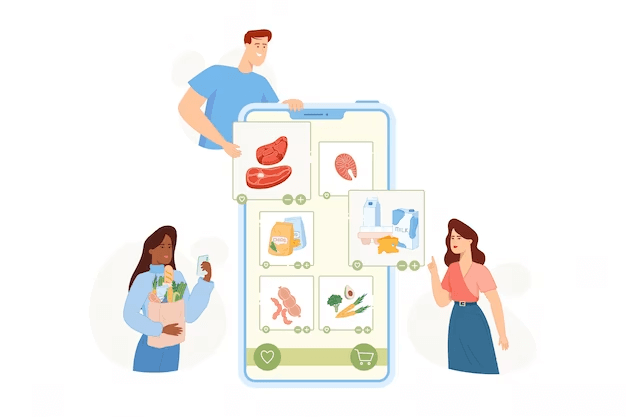
The Problem
The Food Prediction App addresses critical challenges in food identification and glycemic index estimation, providing a comprehensive solution for individuals seeking to make informed dietary choices. Some of the key problems it solves include

Complex Identification Of Food Items
The complex identification of food items from pictures poses a challenge due to food preparation, processing level, and ripeness. This makes it difficult to accurately determine the glycemic index of specific foods, hindering individuals from making informed dietary choices.

Time-Consuming Estimation Of Glycemic Index
Estimating the glycemic index of foods manually is a time-consuming process that involves extensive research and data collection. This can be a barrier for individuals seeking to manage their blood glucose levels effectively, as it requires significant effort and delays access to crucial information.

Accessibility To Glycemic Index Data
Accessing reliable and up-to-date data for various food items can be challenging. The lack of accessibility to this information creates barriers for individuals and healthcare professionals who need accurate glycemic index values to make informed decisions about food choices and diabetes management.
How does it work
The Food Prediction App employs advanced methods to identify food items and provide glycemic index information accurately. It utilizes a trained Convolutional Neural Network (CNN) for precise image recognition, allowing users to capture and upload pictures of food. The app retrieves the corresponding glycemic index values for the identified food items by integrating a comprehensive glycemic index database. The app estimates the user’s glycemic response by considering factors like food preparation, processing level, ripeness, and individual glycemic responses. This empowers individuals with diabetes to make informed dietary choices and effectively manage their blood glucose levels.

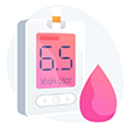
The app integrates a comprehensive glycemic index database that contains reliable and up-to-date information on the glycemic index values of various food items. The app retrieves the corresponding glycemic index value from the database when a food item is identified using image recognition. This integration allows users to estimate their glycemic response based on the identified food item and make informed dietary choices accordingly.
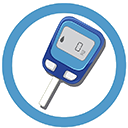
The Solution
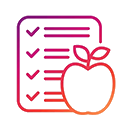
Accurate Food Identification

Glycemic Index Estimation
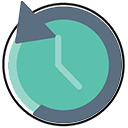
Time-Saving Convenience

Healthier Eating Habits
The Challenges
Complex Food Identification
Limited Accessibility To Glycemic Index Data

Applications

Diabetes Management
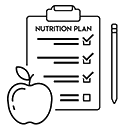
Nutritional Education

Health & Wellness Tracking

Dietary Support For Weight Management

Public Health Initiatives
The app’s data-driven insights can contribute to public health initiatives by providing valuable information on food preferences, glycemic responses, and nutrition patterns. Aggregated and anonymized data can inform policymakers, researchers, and healthcare professionals in formulating evidence-based strategies to improve public health outcomes and support better nutrition practices.